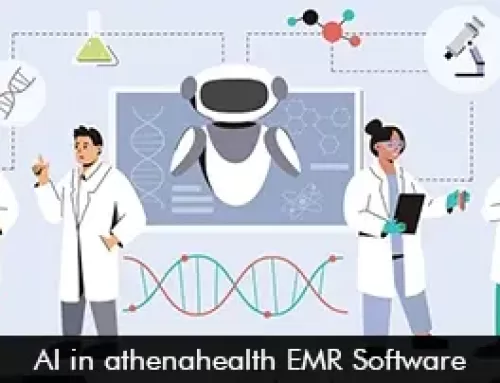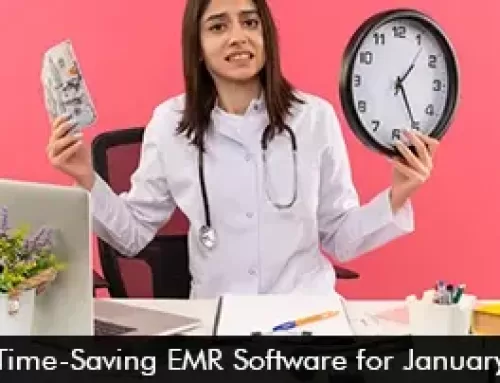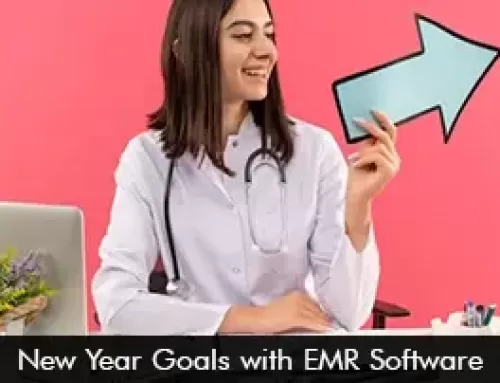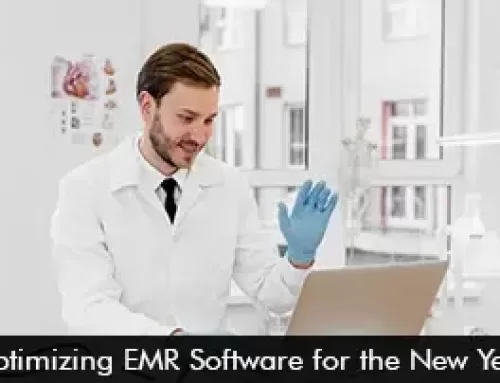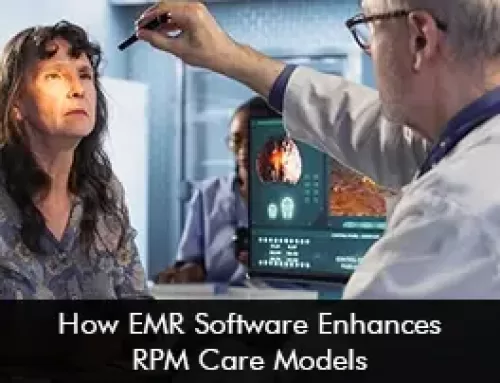Ask a layman and they will tell you that the medical profession is the most profitable. This myth is so prevalent not even shows like Grey’s Anatomy or House have dispelled it. When people think of doctors they think high salaries, fancy cars and summer homes. They hardly ever think of the years spent studying, the constant research that needs to be kept up with or the ever-changing government regulations that need to be met along with countless patient needs.
Healthcare requires the brightest minds and the sharpest of wits, yet Meaningful Use has tested that to the limit. Adopting EHR systems into currently running medical practices has been a daunting task that many were loath to implement. Yet what if we told you that EHR systems could do more than reach the mandatory minimum for you to avoid government sanctions? What if we told you of ways to profit from them?
- Going Paperless Saves Time
Avoiding paper to store patient or administerial documentation not only saves on cost, it saves on space required to keep those files. It also cuts down on the time your staff has to spend on printing, sorting and updating these files, not to mention manually sifting through them to come up with any single file needed at any given time.
Switching to a paperless software system saves thousands of dollars annually in office supplies. It also cuts down on transcription and physical file storage
- Get More Out of Your Claims
One of the downsides of government insurance like Medicare is that claim reimbursement requires a lot of paper work. It’s a time consuming process and only allows billing for items they have a written evidence for. This leaves over 15% of legitimate reimbursement claims on the table annually. Claims are also ‘downcoded’ to less expensive procedures because the insurance company deems the claims are unnecessary, which happens due to a lack of documentation supporting them.
EHR allows medical practices to document each and every aspect of a patient visit so claims can’t fall through the cracks.
- Improve Efficiency
Time saving at every patient visit allows healthcare professionals to see more patients in the span of a day. EHR’s pre-filled template format lets you fill in information faster, and the prescriptions go straight to the pharmacy, reducing the time it needs to fill out a form.
The reduced workload cuts down on staffing costs and the addition of those few patients in the day can do wonders for the cost-revenue analysis ever year.
- Reduce Liability Premiums
Recent studies found that malpractice claims have dropped by one sixth of their previous rate since the EHR/EMR programs were introduced. The study shows that of the fifty one malpractice suits filed, only two were after EHR/EMR were implemented on a national level.
This means two things for the future:
- EHR/EMR systems will become a standard of care
- Medical practices not adapting with the tide will face losing patients and reimbursement claims.
Adopting sooner rather than later will increase the healthcare practices reputation as progressive and keen to do right by patients, translating in nothing but good for the practice. New Jersey Yellow Pages
These five tips help make EHR more affordable and the long term advantages more tangible. It makes the EHR/EMR compulsion easier to swallow, and a tool to wield for the mutual benefit of medical practices and patients alike.



